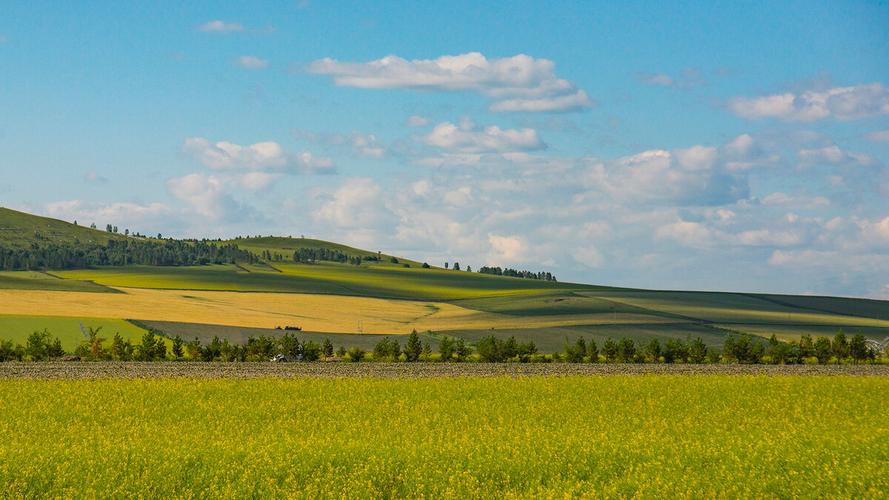Zambia, situated in the heart of Africa, boasts of a rich cultural heritage that is inextricably intertwined with its history and vibrant artistry.
Home to over 70 ethnic groups, each with their unique customs, traditions, and languages, Zambia is a melting pot of different cultures. From the Chewa people’s Gule Wamkulu dance to the Luvale tribe’s Mukanda ceremony, Zambia’s cultural diversity is a treasure trove of a wide range of colorful customs and practices.
Traditional Heritage
Zambia’s culture is steeped in tradition and folklore, which have been passed down through generations. These traditions often revolve around songs, dances, myths, and legends that serve to reinforce social harmony and community values. For instance, the Tonga people of Southern Zambia perform the Malaila dance, accompanied by an array of musical instruments, including the xylophone, maracas, and drums. This dance is performed to mark the end of the farming season and to celebrate the harvest.
Similarly, the Luba and Lunda people have imbued their culture with oral storytelling, using myths and legends to teach life lessons, illustrate moral values, and explain natural phenomena. These stories are often told around the fire, on a starry night, creating an ambiance of mystical storytelling.
Cuisine
Zambian cuisine is another aspect of the country’s rich cultural heritage. It comprises dishes made from locally grown crops, such as cassava, millet, sorghum, and maize, along with meats such as beef, fish, and chicken. The staple food is nshima, a type of porridge made from ground maize, which is served with a variety of side dishes, including vegetables, meats, and stews.
The Zambian cuisine also features a wide range of natural beverages, including munkoyo, a thick, sweet beer made from cassava or maize; and maheu, a thick, slightly sour drink made from maize meal.
Heritage Sites
Zambia’s cultural heritage is also evident in its many heritage sites, showcasing the country’s history and cultural diversity. For instance, the Kasubi tombs, situated in the heart of the Lusaka city, are the final resting place of some of Zambia’s most prominent leaders and are considered a symbol of the country’s rich heritage.
Likewise, the Livingstone Museum, located in its southern province, is a must-visit destination, exhibiting Zambia’s pre-colonial history, the country’s many ethnographic groups, and an extensive collection of artefacts.
Conclusion
In conclusion, Zambia’s cultural heritage is a testament to the country’s rich history and colorful diversity, which have been passed down from generation to generation. The country’s traditional customs, delicious cuisine, and impressive heritage sites make Zambia a must-visit destination for anyone interested in Africa’s rich cultural heritage. So if you are planning to visit Africa, Zambia is a destination you should consider visiting to experience the richness of its cultural heritage.
(Note: Do you have knowledge or insights to share? Unlock new opportunities and expand your reach by joining our authors team. Click Registration to join us and share your expertise with our readers.)
Speech tips:
Please note that any statements involving politics will not be approved.
